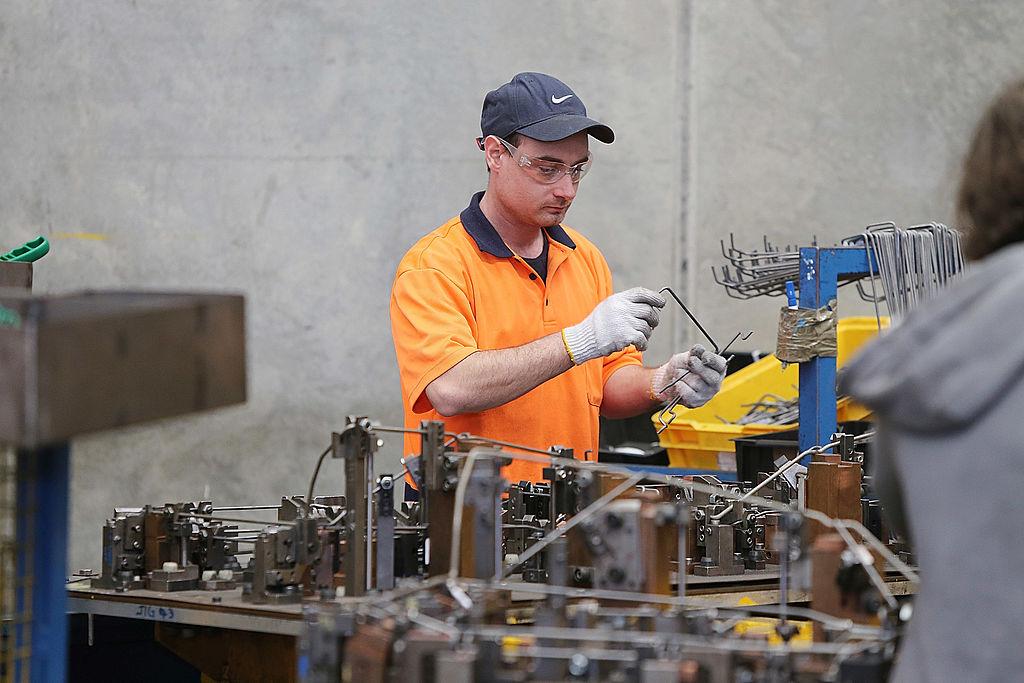A new survey has indicated that Australian manufacturers are in the most turbulent period in 50 years due to supply chain problems and inflating costs. However, they also benefit from strong demand for commodities.
The industrial trends research by the Australian Chamber of Commerce and Industry (ACCI) and Westpac bank found that the manufacturing sector saw robust expansions in the June quarter.





